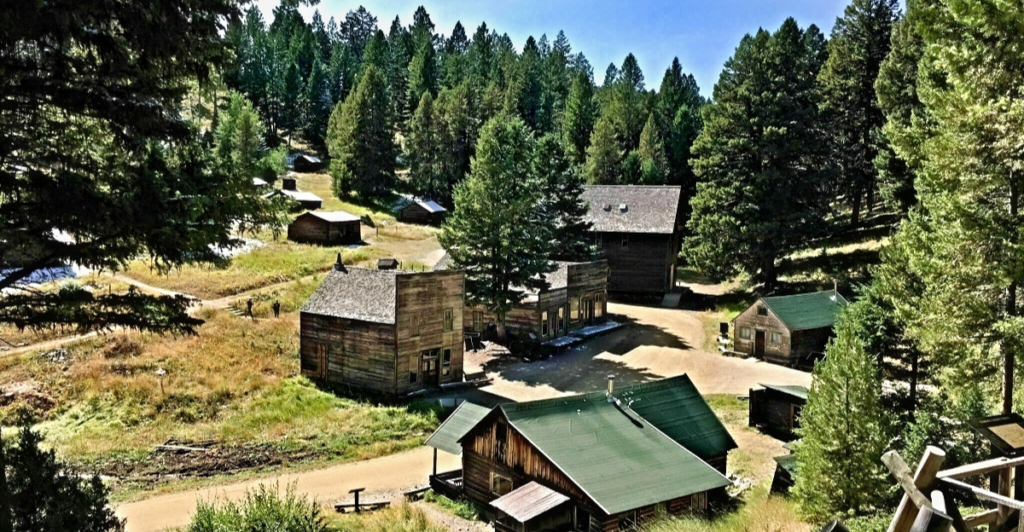
Now imagine living in one of the historic ghost towns found in beautiful rural Montana, with no electricity, no running water, and no Wi-Fi. Though it may sound like an adventure, recently thousands of people from around the world jumped at the opportunity to volunteer in Garnet, Montana after the Bureau of Land Management (BLM) put out a call for summer help. But the opportunity also came with a couple of unforeseen realities.
The Unexpected Flood of Responses

The BLM’s Missoula Field Office issued a news release, looking to recruit some volunteers to work in Garnet, an 1870s mining town east of Missoula. They anticipated a small turnout, composed of retirees or history buffs. Instead, the announcement took off, attracting international news attention and generating more than 5,000 email inquiries within a fortnight.
International Attention and the Media Destruction

The story flew through the big news outlets — The Huffington Post, Fox News — and even publications in South Africa and China. Garnet caught the eye of the BLM’s director, who had never heard of Garnet before The Washington Post reached out. Plenty of applications were lured in with buzzed-about headlines hinting at free housing, food, and even a ghost sighting.
The Hidden Truth of Life in Garnet
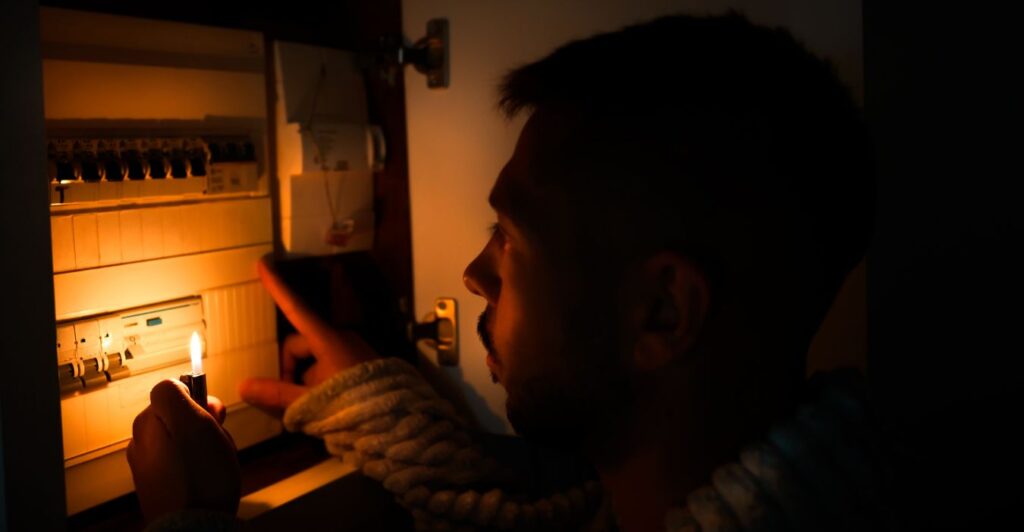
Though the reports predicted the glamor, the reality was not so fancy. Volunteers were given rustic cabins without electricity or indoor plumbing. They were paid a stipend of $29 a day but had to work, leading tours and helping visitors. The remote way of life and the absence of modern utilities put off many early applicants.
A Contemporary Worry: No Wi-Fi or Plumbing

Many were not pleased with not having all the comforts of home and city dwellers shied away from the thought of it. One commenter online said that lack of Wi-Fi was scarier than ghosts. Others wondered why federal land didn’t have running water, comparing it to conditions in developing countries. Clearly rural Montana life was a shock to the system for many.
A Town with a Rich History
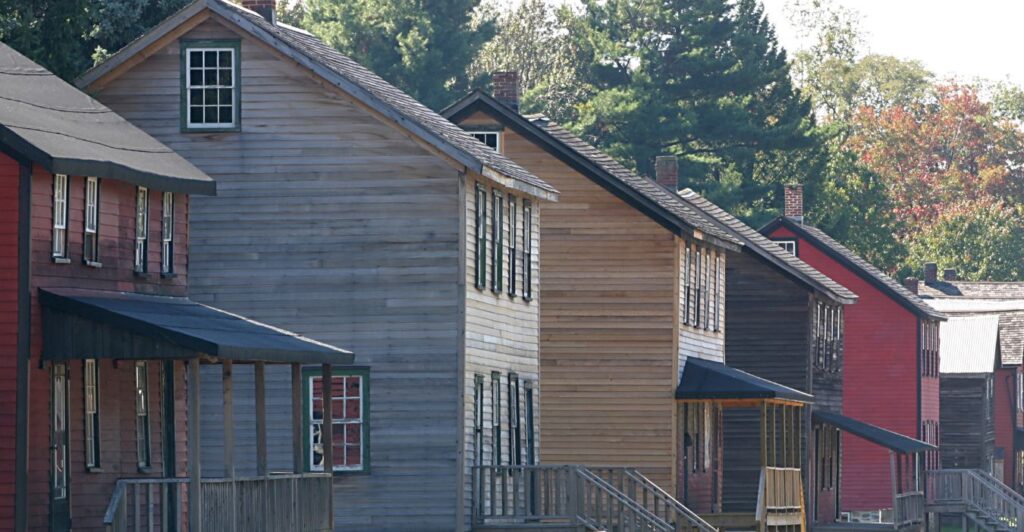
Established in the 1870s, Garnet was an active gold mining community. Today, it is a well-preserved historical site that attracts around 16,000 visitors a year. The town has running water, although not piped into individual cabins. The closest grocery store is 30 miles away, which adds to the rustic experience.
Urban Legends and Ghost Stories

The notion of a cursed town powered much of the public’s fascination. Articles sensationalized involvement in supernatural phenomena, with accounts of ghostly piano music and strange, echoing voices. Although some found this thrilling, the BLM chose to preserve Garnet’s history rather than its ghost stories.
Entertainment Industry Inquiries
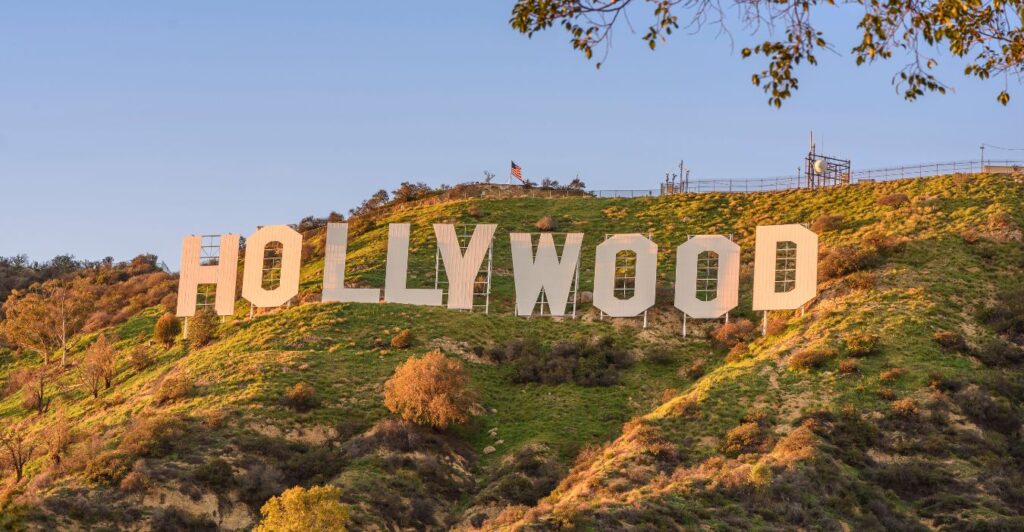
Further away in Tinseltown, Hollywood certainly noticed Garnet’s haunted reputation, as reality television producers-in-search-of-dirt came knocking to produce a potential paranormal reality TV series. Others suggested commercial ghost-hunting events. But the BLM warned that Garnet was an educational site, not a paranormal playground.
Hope on Tap for Entrepreneurs

The media buzz even brought in outlier business ideas. One entrepreneur sold a $3,199 device that he claimed enabled ghosts to communicate. Believers in that said paranormal tourism, but so did someone else, a Brit, and the BLM said “no thanks” to trying to commercialize Garnet in that way.
The Final Selection

Out of thousands of applicants, only a handful were selected. The BLM chose married couples in North Dakota and Idaho, both of whom had educational backgrounds that positioned them for historical preservation. These volunteers were really interested in telling Garnet’s history, not pursuing ghosts.
Garnet’s Financial Prospects
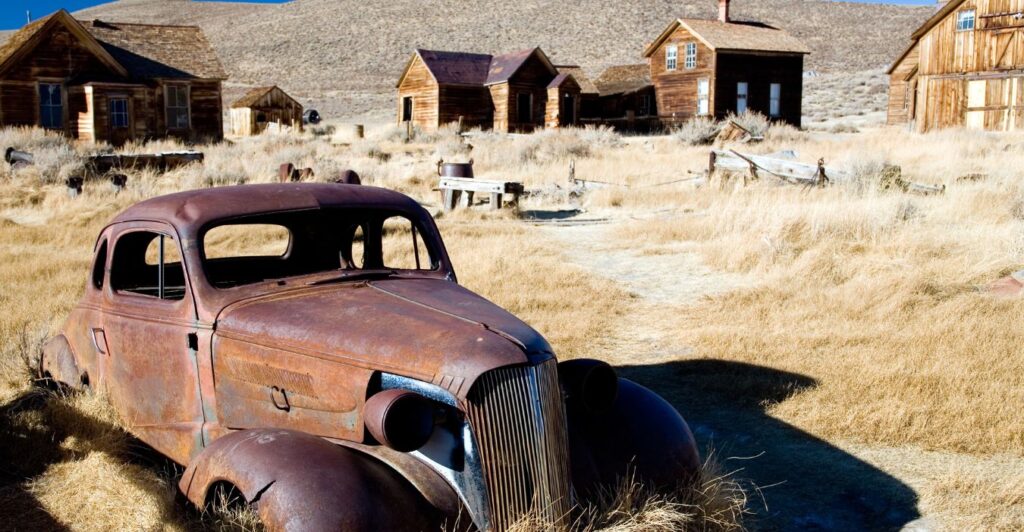
While Garnet’s 15 minutes brought global attention to the town, funding efforts for restoration still lag. The hope is that the publicity will lead to monetary support rather than just passing interest in ghosts and outhouses.
The Expectations vs. Reality Trick

The Garnet volunteer program demonstrated the divide between wanting to help in theory and doing so in practice. Many were interested in the concept of a “free ghost town experience” but put off by the reality of life in the sticks. Ultimately, Garnet is a treasure of history, not a location for paranormal exploits, and that history is probably best appreciated by the nerds who are really into it.
Ultimately, though, Garnet’s story reminds us of the need for historical preservation. Although ghost stories make for a good draw, the real treasure in Garnet is its power to educate visitors about Montana’s mining history. Much of the BLM’s efforts have been on education so that Garnet’s legacy carries on for future generations.
Discover more of our trending stories and follow us to keep them appearing in your feed

California Is Breaking Apart: A Fault Line Is Forming Faster Than Anyone Predicted
The Real Cause Behind Los Angeles’ Devastating Wildfires
The War on Cows Is Over—And Green Extremists Have Lost
The 7 Most Threatening Animals Found in Texas Lakes and Rivers
References:
Reference 1
Reference 2
This article first appeared here
Stay connected with us for more stories like this! Follow us to get the latest updates or hit the Follow button at the top of this article, and let us know what you think by leaving your feedback below. We’d love to hear from you!







